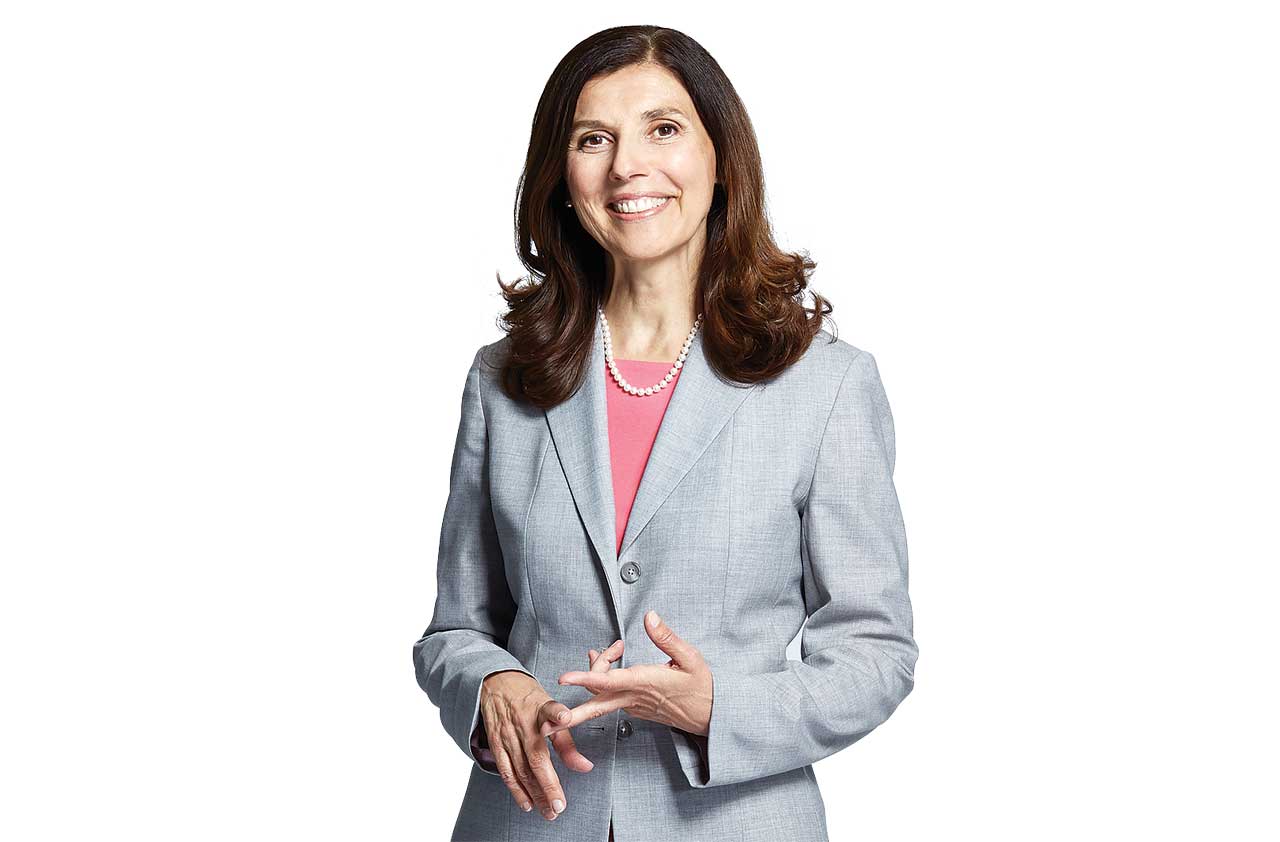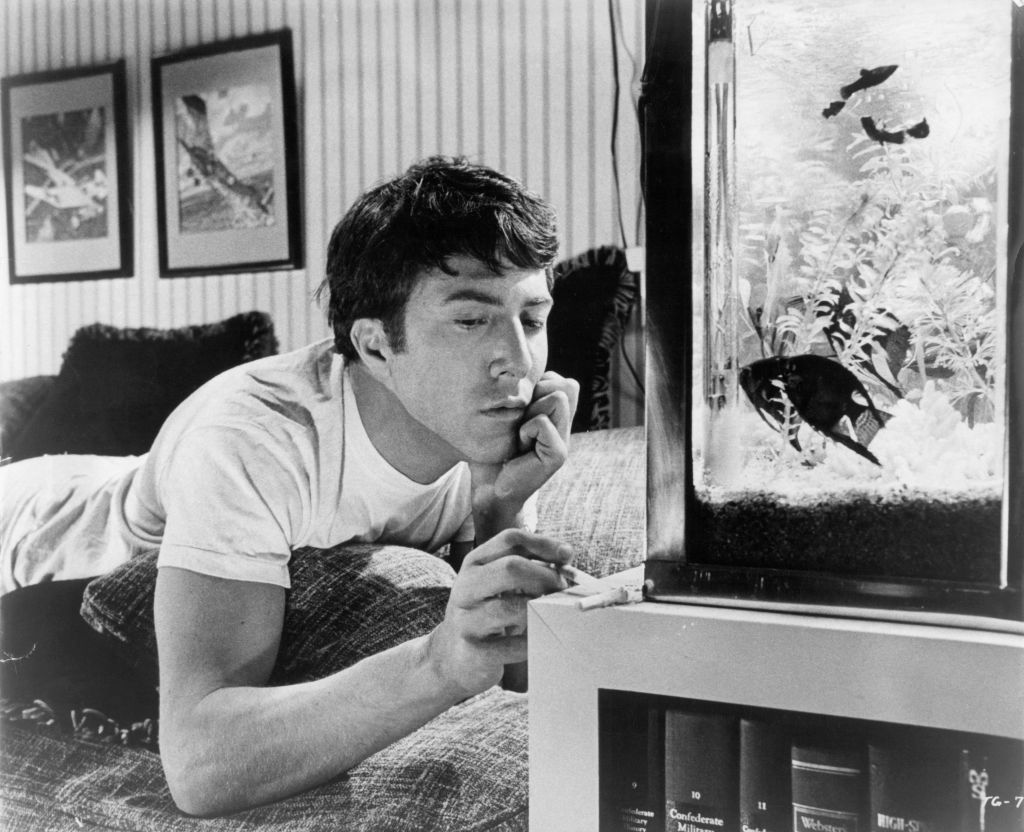Making Sense of Negative Bond Yields
Will you have to pay someone to hold your cash? Probably not.

Kiplinger's spoke with Kathy Jones (pictured left), the fixed-income strategist at the Schwab Center for Financial Research, about the effects of global negative bond yields on investors. Here's an excerpt from our interview.
A number of European bonds have had negative yields recently. What about in the U.S., where the rate on new I-bonds just hit a 0% floor, at least through October? We’ve seen extremely low yields and 0% rates, but not much in the way of negative yields. Since the financial crisis there have been momentary slips in, say, a very short-term T-bill. We’ve escaped negative yields because the U.S. generally has had positive economic growth and inflation.
Why the negative yields in Europe? Protracted economic weakness there has led to several months of deflation. With no inflation to erode their purchasing power, investors accept lower yields. Also, the European Central Bank said earlier this year that it would buy bonds to stimulate economic growth. The amount of bonds that the ECB indicated it would buy was so great relative to the supply that it caused speculative buying, pushing down yields, which move in the opposite direction of prices.

Sign up for Kiplinger’s Free E-Newsletters
Profit and prosper with the best of expert advice on investing, taxes, retirement, personal finance and more - straight to your e-mail.
Profit and prosper with the best of expert advice - straight to your e-mail.
How do negative yields work? Do you actually pay someone to hold your money? Say you buy a German T-bill. Usually, you’d buy at a discount. So, you might pay $99.50 and get back $100 at maturity. But in this case, you would pay $101 and get back $100 at maturity. You literally get back less than you deposited. But in periods of deflation, when prices overall are falling, even if you earn 0% or less on your savings, you still come out ahead.
When will U.S. savers get some relief? The ECB has said that it will buy bonds through the end of September 2016. That will likely keep a lid on our rates because a lot of money invested in our market comes from overseas. A two-year Treasury, which today yields 0.7%, looks attractive relative to everywhere else in the world.
The Federal Reserve is expected to start raising rates soon. Won’t that help? A rate hike here would attract a lot of money from abroad. So even if the Fed raises rates, our rates shouldn’t go up very much.
What advice do you have for income-hungry investors? Buy intermediate-term bonds. A five-year Treasury bond yields 1.7%. Next year that becomes a four-year bond yielding 1.7% and the year after, a three-year bond yielding 1.7%. The Fed would have to raise rates a fair amount for that bond not to make sense. Or buy some high-quality, floating-rate notes. Their rates reset every 90 days, so they will adjust upward if the Fed starts raising rates. Right now, floating-rate notes yield about 1%. Not spectacular, but better than zero.
Get Kiplinger Today newsletter — free
Profit and prosper with the best of Kiplinger's advice on investing, taxes, retirement, personal finance and much more. Delivered daily. Enter your email in the box and click Sign Me Up.
-
 Top Five Tips From Current Retirees to Future Generations
Top Five Tips From Current Retirees to Future Generations"Plastics" is no longer the wisdom passed down to the young, as in "The Graduate." These days, retirees are giving much better advice.
By Christy Bieber
-
 Three Simple Ways to Live Greener This Earth Day
Three Simple Ways to Live Greener This Earth DayEasy upgrades that help you live greener, reduce waste and reconnect with the planet.
By Choncé Maddox
-
 Best Banks for High-Net-Worth Clients
Best Banks for High-Net-Worth Clientswealth management These banks welcome customers who keep high balances in deposit and investment accounts, showering them with fee breaks and access to financial-planning services.
By Lisa Gerstner
-
 Stock Market Holidays in 2025: NYSE, NASDAQ and Wall Street Holidays
Stock Market Holidays in 2025: NYSE, NASDAQ and Wall Street HolidaysMarkets When are the stock market holidays? Here, we look at which days the NYSE, Nasdaq and bond markets are off in 2025.
By Kyle Woodley
-
 Stock Market Trading Hours: What Time Is the Stock Market Open Today?
Stock Market Trading Hours: What Time Is the Stock Market Open Today?Markets When does the market open? While the stock market does have regular hours, trading doesn't necessarily stop when the major exchanges close.
By Michael DeSenne
-
 Bogleheads Stay the Course
Bogleheads Stay the CourseBears and market volatility don’t scare these die-hard Vanguard investors.
By Kim Clark
-
 The Current I-Bond Rate Until May Is Mildly Attractive. Here's Why.
The Current I-Bond Rate Until May Is Mildly Attractive. Here's Why.Investing for Income The current I-bond rate is active until November 2024 and presents an attractive value, if not as attractive as in the recent past.
By David Muhlbaum
-
 What Are I-Bonds? Inflation Made Them Popular. What Now?
What Are I-Bonds? Inflation Made Them Popular. What Now?savings bonds Inflation has made Series I savings bonds, known as I-bonds, enormously popular with risk-averse investors. So how do they work?
By Lisa Gerstner
-
 This New Sustainable ETF’s Pitch? Give Back Profits.
This New Sustainable ETF’s Pitch? Give Back Profits.investing Newday’s ETF partners with UNICEF and other groups.
By Ellen Kennedy
-
 As the Market Falls, New Retirees Need a Plan
As the Market Falls, New Retirees Need a Planretirement If you’re in the early stages of your retirement, you’re likely in a rough spot watching your portfolio shrink. We have some strategies to make the best of things.
By David Rodeck